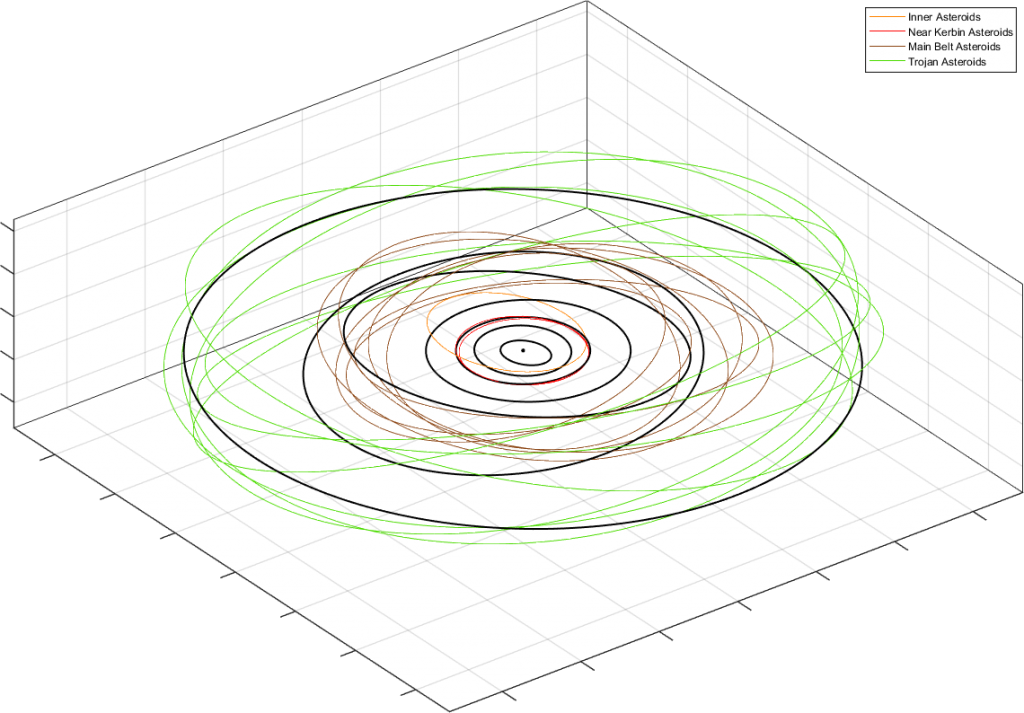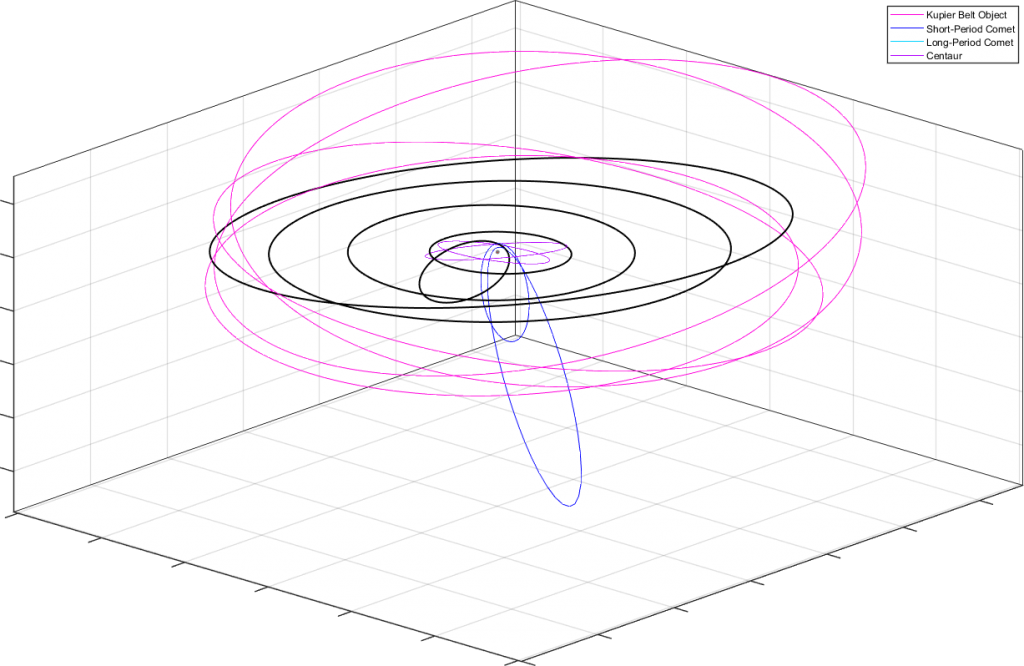|
New Ascension Launch Dates, Progenitor Launch Suspension Remains
After suspending rocket operations earlier this year, the Ascension team is finally ready to resume work towards launching missions, with new dates/windows published for the coming months:
6/23 @ TBD – Mk1 (unkerbed)
7/16 @ TBD – Mk1 (Spc Bob)
TBD August – Mk2
More information will be released over the coming days along with vessel and mission details in the Ops Tracker. Flight Director Lanalye and Lead Engineer Simon worked closely with the rocketry teams to produce a more comprehensive set of protocols and guidelines for future missions, including these upcoming ones, to reduce quality control issues that have popped up on past missions as well as lack of oversight in various areas. Operations Director Drew signed off on all the improvements earlier this week to allow the Ascension program to resume launch prep. All 4 astronauts have been forging ahead with their training, already looking into ways to prepare for extended stays in space – days or maybe a week.
Over at the Progenitor program things are going just as well internally here at KSA, with permission to push to launch readiness and all new protocols and guidelines in place – however due to persisting legal issues, no launches are currently scheduled. We did file to appeal the decision to prevent us from launching using certain USI parts but it was denied earlier this week. At this point all we can do is build the rockets and make them ready for launch and then hope the legal mess clears up. There is still talk of an unknown USI buyer – if that goes through they may have the funds to just settle the suit and let everything move forward again.
Because of all the general delays to the Progeny Mk7-B and now the recent launch delays, the Ascension Mk3 has been pushed back to the start of 2021. The Mk3, originally slated to debut Q3 this year, will be making use of technology that the Mk7-B was supposed to be prototyping early this year such as the new 0.625m dual-segment booster and gimbaling vacuum engine, the design of which is to be scaled up to 1.25m for the Mk3’s orbital stage. Reaction wheel control systems for future probes as well as booster recovery also are seeing setbacks.
Genesis & KerBalloon Continue Operations
While the high-altitude KerBalloon crew have since departed on 5/28 with a month-long expedition to the Badlands, the low-altitude crew completed another traversal contract up north of the Wall with assistance from Kravass. Unfortunately despite previous experience detailing with recovery in mountainous terrain not enough prevention was taken to protect the payload from damage if it were to land on a slope. Sure enough, that’s what happened and the data collected was lost, leading to a mission failure.
The Deuce was recently scrambled this week to head out and investigate a potential severe storm forming out over the south Kerblantic. The mission led to a maritime alert being posted later that day to warn merchant vessels shipping between Umbarg and Sheltered Rock. We hope to someday play an even more direct role in weather forecasting when we can place satellites in orbit.
Alaba Gets New Long-Term Propagation
After the 38th encounter back on 5/18 there was a large shift to the orbit of our moonlet Alaba, which in turn began to throw off the long-term prediction made back in March of this year. This was suspected based on past behavior of moonlets astronomers have been able to observe and over the next two encounters was confirmed, as the encounter times slipped by minutes then hours. After the most recent encounter last weekend, a new long-term prediction was made (browse right to see the trajectories through Mun’s SOI) but it too has a large orbital shift that makes astronomer’s doubt its accuracy through into next year. A close eye will continue to be kept on it.
It may not be obvious why we at the KSA pay such close attention to the orbital studies of these moonlets – we are not directly involved with anything the Asteroid Tracking Network does. The reason is that we’ll be using the same propagation models for our future spacecraft, which when exploring planetary systems will benefit from making fly-bys of numerous large bodies. Being able to accurately model many encounters into the future will allow for better mission planning: fuel saving, observation opportunities, etc. Even just making multiple planet fly-bys to slingshot our way to the outer system, as our Extremis I probe is slated to do starting in 2021, will benefit from what we learn observing how these asteroids interact with the SOIs of large bodies.
ATN Database
The latest update for the Asteroid Tracking Network database is available here, containing 5,229 asteroids and 3 updated with new observation data. Here are the 29 asteroids that were discovered this past week.
 |
 |
From the Desk of Drew Kerman
Out of Character Behind the Scenes stuffWritten on 6/10/20
All is good – got my 5 months lead time, unemployment money still coming in fine, still however healthy as I was at the start of the year (tho fuck seasonal allergies). Been spending more time on other games though just because an old middle-school friend finally, after years of saying he would, built a new gaming PC and another old friend moved back to the east coast from the west and so was able to game at the same time as us. So now the 4 of us regularly get together and it’s a blast. Still, I remain focused on KSA in my downtime, which remains ample cause they all have “real jobs” still.
The 5 month lead is merely in discovering the daily asteroids, plotting the weekly asteroid findings and uploading the weekly spreadsheet, filling out the sunrise/sunset timetable for each day, filling out the days in my text file bible, general outlining, etc. Still a ton of work that is out of the way (it would take a solid day to do a week’s worth of this stuff) but my actual operations lead time is still a few days. Now however I only need to do one day’s worth of asteroid hunting and the rest of the day can now be spent on operations, so I expect to fill up the coming months pretty fast. Hopefully by the end of July I’ll have an actual 5 month lead time for everything. That would be swweeeeeeet and something I haven’t had since early 2017.
First 1.9.1 mission
The main hindrance this week in getting operational lead time is that I still have to work through v1.9.1 issues for actually running missions, like the latest Deuce flight this past week. Thankfully the aircraft loaded okay from the 1.8.1 rebuild I had to do earlier this year (late last year? I can’t remember) and flew okay, except for the fact that I had 20FPS and 60-80% game clock (this is with a 2060 Super). The framerate wasn’t a serious issue for control – I landed okay at the end (until I tapped the brakes too hard and nosed over 😝) but it slows the actual game rate so the flight lasted 1.8 hours in game but in actual time took 3 hours to complete. I then had to spend another hour or so hunting down the problem – VOID. Not a huge loss, most of the in-game displays are replicated by KER and I can use kOS to log the basic flight data used to plot the mission on the Ops Tracker map. Hopefully it gets patched up soon tho still.
I also still have to take time to get a better handle on EC balance for Kerbalism science experiments. I actually ran the power down in the Deuce while running experiments as I taxied out to the runway. This rebooted the kOS computer and so when I went to take off the airplane veered off the runway because my script was no longer running to turn off wheel friction above a certain speed. So I had to reset the flight and also reset windows and stuff so that was the “flight computer reboot” on the runway.
Embarrassingly I also flew the entire mission with flaps set to 2 🤣 but it really didn’t affect much other than make the aircraft slower and more side-slippy. I thought it was just 1.9.1 being weird. But since it had no big effect I didn’t mention it during the mission tweets.
Finally, I’m turning some graphics settings way down to get a few frames back as well even without VOID sucking up processing power there are a lot of mods still that need it. I don’t need things looking pretty while I’m playing. Coming up from the start of PC gaming means I’m used to crappy graphics hah!
Alaba orbital tracking
Since I’m 5 months ahead in this aspect of things I know a lot more about what’s going to happen with the moonlet and sometimes it’s hard to remember when writing tweets that things I know are not supposed to be known yet. A difficult juxtaposition at times. So for example whether the next large orbital shift does also throw off calculations is something I already know, but I didn’t make that speculation based on my future knowledge but past examples where it has already been observed.
I finally realized though after the lack of reaction to the latest propagation that people probably don’t realize where all this orbital study is going, and furthermore probably don’t realize that these propagation errors are actual problems that KSPTOT seems to have with calculating multiple encounters. Rest assured that I am taking very copious notes and gathering a lot of data so that the program author can try to track this down. A lot of this close study to how the asteroids encounter Mun and their orbits change over time really is directly benefiting future missions not just for KSA but for anyone looking to take advantage of the KSPTOT suite.
So I’m working hard on this and publishing results that are leading to improvements in orbital modeling and I’m like “yeaa check this out!” and people are like “meh. lines and shit” 😝
Okay that’s all for now – most of next week will be spent working hard to get all my rockets loading properly and checking out that they fly the same and my scripts still run okay etc etc… look forward to running a rocket mission again soon!







